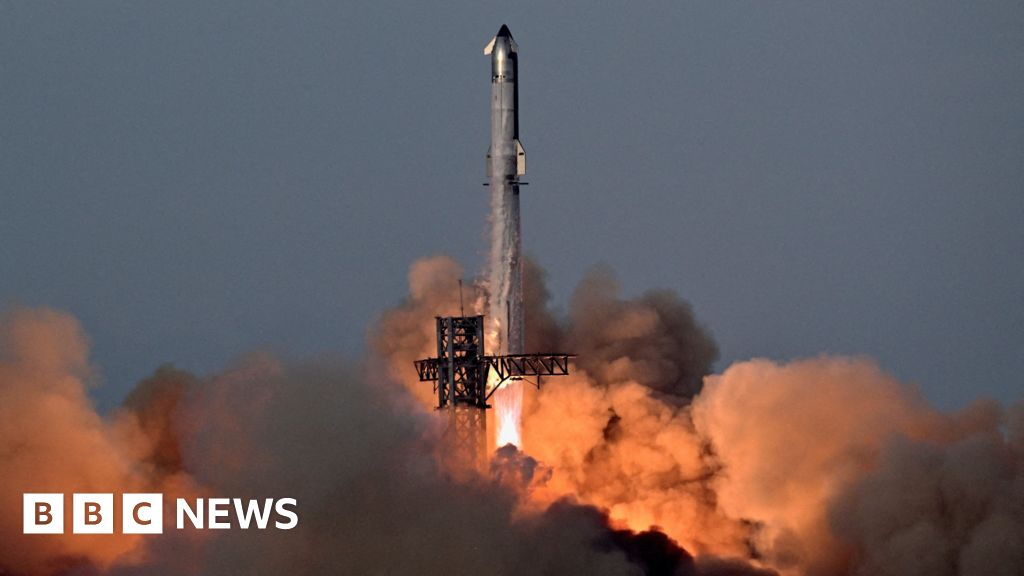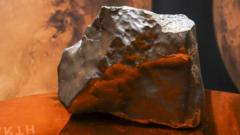The commander of NASA's upcoming Artemis II mission, Reid Wiseman, proclaimed that the crew is set to “see things that no human has ever seen.” This mission marks the first crewed lunar expedition in half a century, scheduled for launch as early as February 2026.
NASA aims to fly over previously unmapped areas of the Moon's surface, providing unprecedented views and a wealth of new data for scientists. Mission specialist Christina Koch emphasized the significance of the human eye in scientific observation, stating, Believe it or not, human eyes are one of the best scientific instruments that we have.
The Artemis II mission serves as a crucial step towards establishing a long-term presence on the Moon and contributes to broader inquiries, including questions about extraterrestrial life.
Wiseman further articulated the crew's mission aboard the spacecraft named 'Integrity,' stating their purpose is to symbolize “peace and hope for all humankind.” This expedition intends to unite global perspectives while exploring our celestial neighbor.
Joining Wiseman are fellow astronauts Christina Koch, the first woman to venture to the Moon, Canadian Jeremy Hansen, and Victor Glover, the first black astronaut to set foot on its surface. Each astronaut draws inspiration from the Apollo missions of the 1960s and has committed to inspiring future generations as they prepare for the monumental journey ahead.
Koch, driven by the impact of Earthrise—a famous photograph taken during the Apollo 8 mission—hopes to inspire optimism in today’s youth through her participation in the Artemis II flight. Meanwhile, Hansen and Glover share visions of unity and ambition, harkening back to a transformative epoch of space exploration.
In reviewing the capabilities and aspirations of the Artemis II crew, it is clear that this mission transcends mere exploration; it embodies a hopeful future where humanity once again reaches for the stars, inspired by past triumphs but driven by a commitment to progress.


















